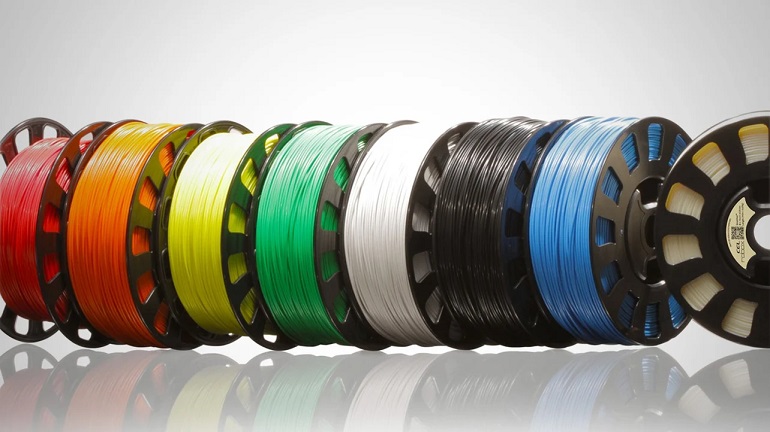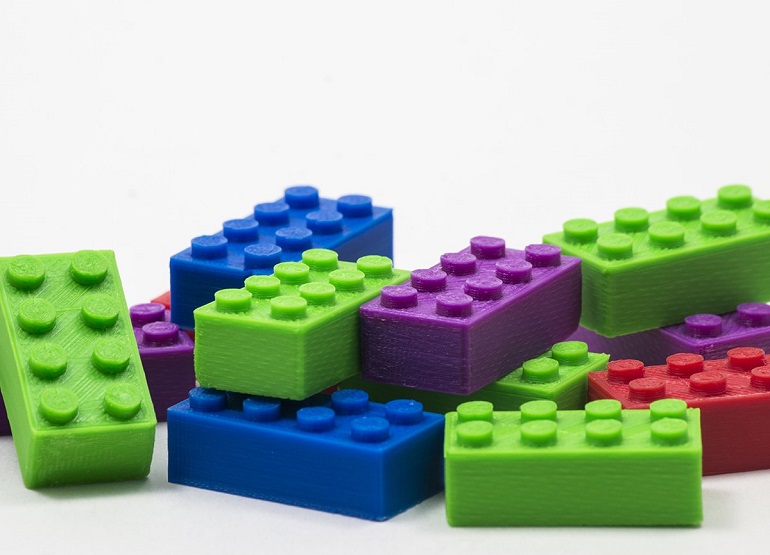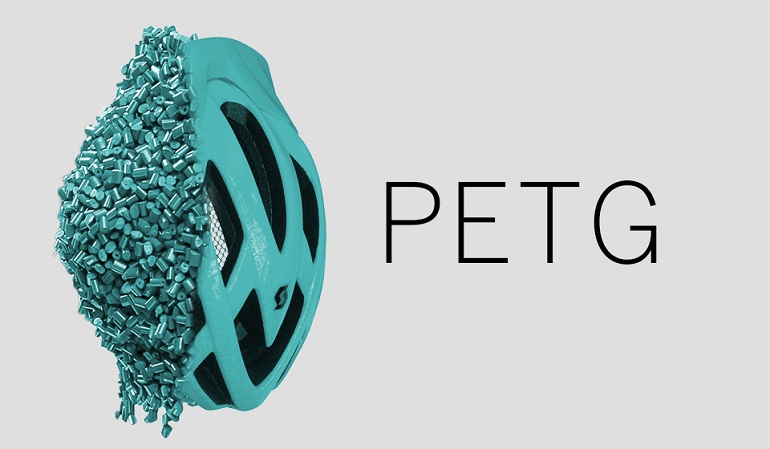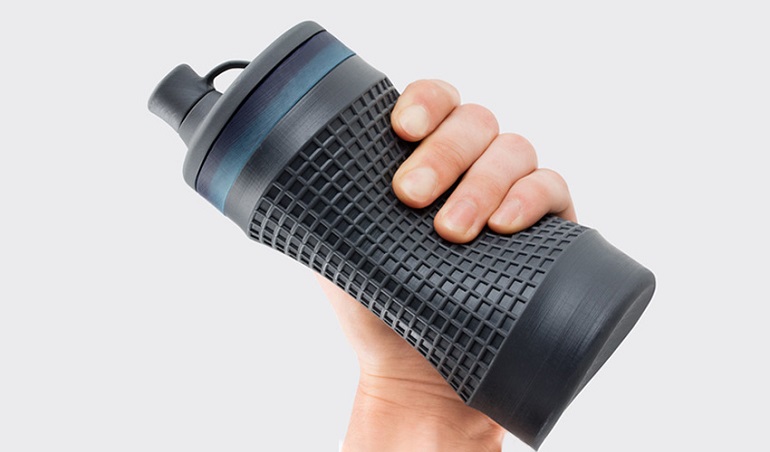People who are looking to get into 3D printing prioritise getting the right 3D printer to match their needs and budget, but what they don’t pay enough attention to is the filament they’ll feed through it. After all, all plastic is just plastic, so something that prints okay and is affordable makes sense, right? That’s how most people look at 3D printer filaments, which is understandable. If you’re inexperienced and haven’t seen the good, the bad and the dangerous “tricks of the trade” that go into this relatively new and sleepy industry of 3D consumables, figuring things out on your own can take a lot of trial and error. To save you the trouble, here are the most popular 3D printing filaments explained.
PLA Filament for 3D Printing

PLA, or polylactic acid, is a polymer made from materials like cornstarch and sugarcane. The material is similar to the one used for biodegradable plastic packaging. PLA has a melting point of 180°C-200°C depending on the other materials added into it for colour and texture. Even though PLA is a tough, resilient material with matte, opaque quality, it isn’t as tolerant as ABS filament. When exposed to temperatures of 60°C, PLA filament will deform. Further, it isn’t water- or chemical-resistant. While you can feel a slight odour when it’s heated, PLA doesn’t release any harmful vapours. PLA filament for 3D printing is easy to print with when compared to ABS filament, and it’s biodegradable and slowly consumed by bacteria. There are chemicals you can use to make it less brittle and more heat tolerant. Without additives, PLA is brittle and it isn’t food safe.
ABS Filament for 3D Printing

ABS, or acrylonitrile butadiene styrene, is the type of plastic used for manufacturing Legos. It’s non-toxic, retails colours well and is incredibly tough. It melts and becomes pliable at 220°C, making it tough to break. Nevertheless, it’s easily shaped, making it suitable for 3D printing applications. as long as you have a large enough heater to melt it. In other words, you’ll need a 3D printer with a heating bed, otherwise, it would stick on a hot print bed. Unlike PLA filament, ABS is water- and chemical-resistant. On the downside, it produces unpleasant odours when heated, and the vapours contain some nasty chemicals, so it’s important to have a ventilation system in place. Further, ABS breaks down to UV radiation, making it unsuitable for printing objects that are going to be exposed to the sun.
PETG Filament for 3D Printing

PET, or polyethylene terephthalate, is similar to the polyester used to manufacture clothes. It has a melting point of 230°C, but it cools into a rigid solid that resembles glass. You can dye PET, and it will maintain its glass-like properties. Raw PET is almost never used in 3D printing, but its PETG variant is becoming a popular filament. The difference between PET and PETG is the addition of glycol-modified. PETG is strong and resilient, but it has to be printed slowly to make sure the layers adhere correctly. It’s very durable and prints without releasing any odours. By adding glycol into PET, the brittle properties are removed, making PETG strong, but not brittle, and giving it properties such as low shrinkage and no warping.
TPU Filament for 3D Printing

TPU, or thermoplastic polyurethane, is a variety of TPE, a popular 3D printing filament. TPU is more rigid than TPE, making it easier to print with. Additionally, it’s better at retaining its elasticity in cold conditions and is overall more durable. Some of the most notable properties of TPU include elasticity, transparency, resistance to oil, abrasion and grease. TPU has a printing temperature range of 225°C-235°C. Further, it doesn’t stick easily on the build platform, it doesn’t require a heated print bed, and has low shrinkage during cooling. On the downside, it has a tendency to squeeze out of the extruder from all directions, and it requires fine-tuning of the nozzle temperature.
No matter what type of filament you end up going for, make sure you’re buying from a company that offers enough information about their filament upfront. Look for specifics about their filament, as that will hold them more accountable. The filament you choose should have tighter than average tolerance (around 0.03mm+/-), but that still doesn’t guarantee quality. Compare the strength and hardness of a few different filaments by ordering samples of the filament.
Further, the filament supplier should provide you with easy-to-understand and clear printing settings. Things like nozzle temperature, fan speed, bed surface and material-specific considerations should be included. These instructions should save you time and provide you with a reference point when contacting customer support if things don’t go right. The packaging you get will also help you decide whether a supplier is worth it or not – the filament should be sealed with a desiccant at a minimum in order to keep it cooler, fresh and away from damaging UV lights.

